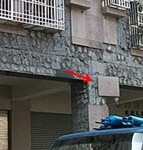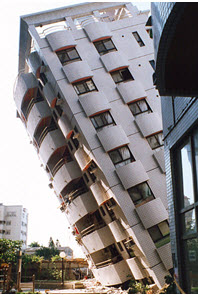
As much as we would like to think of buildings as inviolable, it is a fact of life that they can – and do – collapse. In fact, a quick internet search shows the following collapses in the past six months:
- May 4, 2012: Residential building collapse in Harlem, New York.
- April 16, 2012: Factory building in Jalandhar, India
- March 23, 2012: Apartment Building, Alexandria Egypt
- March 18, 2012: Building floor in NYC collapsed during a party
- January 26, 2012: Three commercial buildings in Rio De Janeiro, Brazil
- January 16, 2012: Residential Building in Beirut, Lebanon
- November 8, 2011: Five story building under construction, Brooklyn, New York
Regardless of the cause (whether it be earthquake, explosion, high winds, snow overloads, or construction/design defects) the result is typically the same – a hazardous and confusing combination of steel, concrete, wood and other materials that needs to be searched to determine if there are any victims to be rescued.
An important aspect of responding to collapses is understanding the hazards of the debris pile and the remaining portions of the damaged building. While there are many, many, considerations that must be carefully evaluated, this briefing focuses on just two:
- The remaining potential energy in the damaged structure.
- The stability of the remaining structure; from both a global and individual damaged element perspective.
Remaining Potential Energy. Gravity works – and can be one of the main enemies of a safe and successful search and rescue operation. The amount of potential energy in a structure, a portion of a structure or a hanging hazard, is based on how much weight remains and the height at which the weight is suspended. For instance, a broken façade tile on the side of a damaged building has much more potential energy if it is located at the 10th floor of a building than if it is located at the first floor of the building. This potential energy translates to damage (or injury) that can occur when the object falls and the potential energy is released.
and rescue operation. The amount of potential energy in a structure, a portion of a structure or a hanging hazard, is based on how much weight remains and the height at which the weight is suspended. For instance, a broken façade tile on the side of a damaged building has much more potential energy if it is located at the 10th floor of a building than if it is located at the first floor of the building. This potential energy translates to damage (or injury) that can occur when the object falls and the potential energy is released.
Stability. In order for partially collapsed buildings and/or overhead falling hazards to pose a significant risk, they must have an element of instability – i.e. there has to be a chance that it will fall or move from its current location.
Stability is affected by the remaining capacity of the connections (for instance, the remaining capacity of the connection of the façade tile to the building wall shown in the picture above is almost non-existent), and the strength and redundancy of the remaining load path (i.e. the path of supporting elements that allow the weight of the structure to flow down to the ground).
Of the two photos below, the one on the right – that at first glance would appear to be hazardous –is, in fact, fairly stable since it is now supported by another building. On the other hand, the building in the photo on the left, which has an apparently similar level of damage, is very unstable as there is no new load path to support the weight of the building.
The above are only two of many hazard assessment considerations. Look for additional information on collapsed building assessments in our future Industry Briefings.
Information contained in this article is based, in part, on the USACE/FEMA Structures Specialist- II course.


